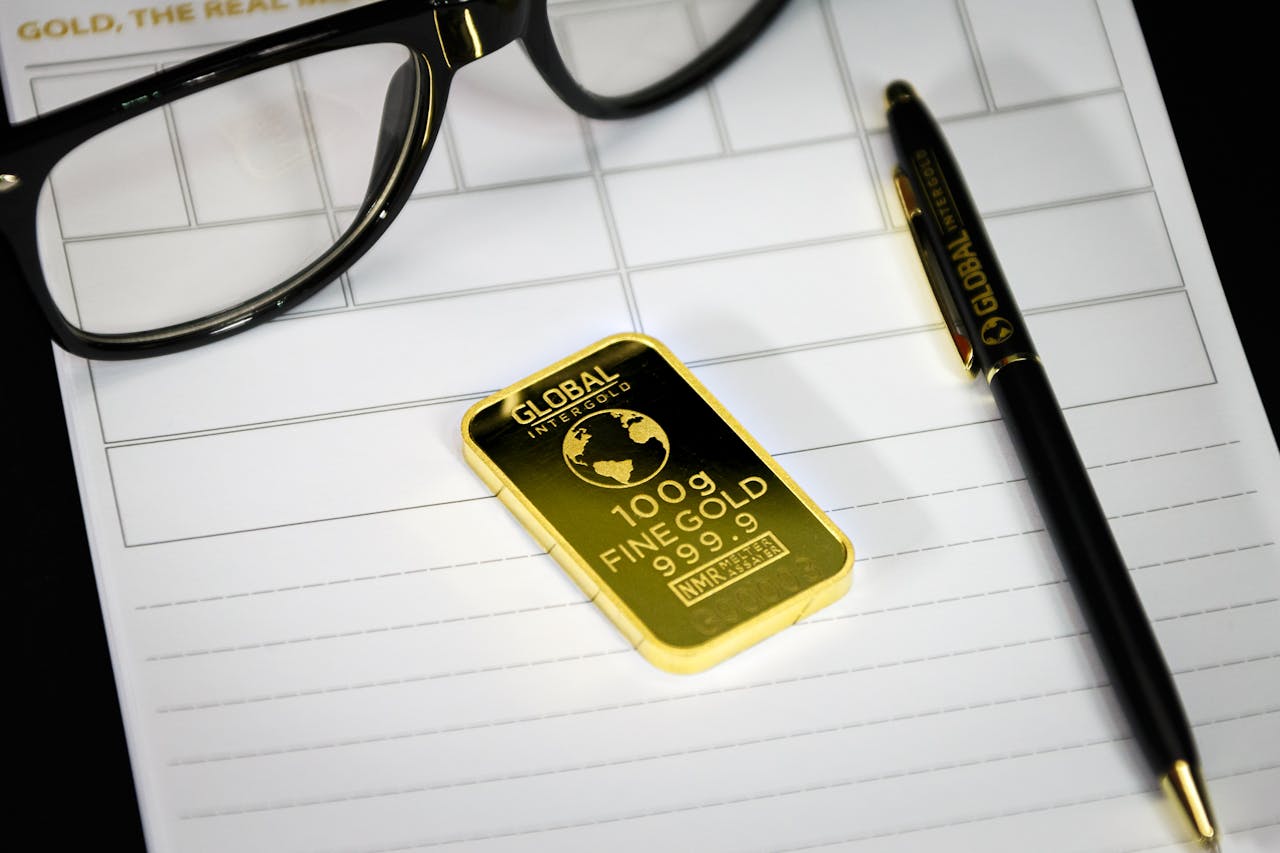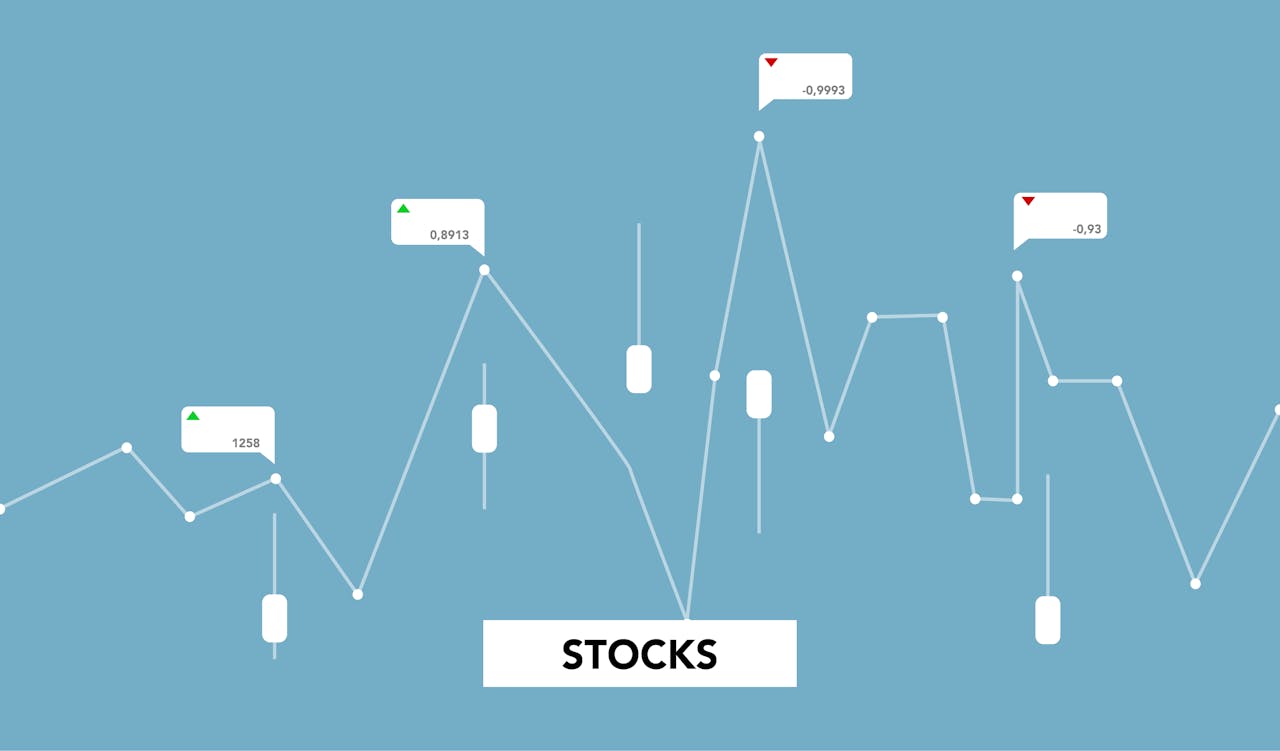Investing in precious metals has long been a strategy for diversification in a portfolio. As traditional assets like stocks and bonds can be volatile, investors often turn to precious metals to reduce risk and provide stability. Precious metals, such as gold, silver, platinum, and palladium, offer unique benefits that can strengthen a diversified investment portfolio. In this article, we’ll explore how precious metals fit into a diversified portfolio and why they should be considered by investors seeking to enhance their financial strategy.
The Importance of Diversification in Investing
Before diving into how precious metals play a role in portfolio diversification, it’s important to understand the concept of diversification itself. Diversification involves spreading investments across various asset classes to reduce risk. By holding a mix of stocks, bonds, real estate, and commodities, investors can mitigate the potential losses from any single asset category.
In a balanced portfolio, diversification helps ensure that the poor performance of one investment does not drastically affect the entire portfolio. This is where precious metals come in—they offer a reliable hedge against economic uncertainty and stock market volatility.
Why They Are Valuable in a Portfolio
Precious metals, particularly gold and silver, have been valuable for centuries. Unlike stocks and bonds, which can fluctuate based on market conditions, precious metals often behave differently. In times of economic stress or inflation, they tend to retain or increase in value. This makes them an excellent tool for managing risk in a portfolio.
Additionally, they serve as a store of value. While paper currencies can depreciate, gold and silver generally hold their value over time. Investors use them as a safeguard against currency devaluation and inflation, particularly when central banks increase the money supply.
Gold as a Safe-Haven Asset
Gold is often considered the primary precious metal for portfolio diversification. It has a long-standing reputation as a “safe-haven” asset, especially during times of economic instability or geopolitical crises. When stock markets experience significant downturns, investors often flock to gold, pushing its price higher. This inverse relationship between gold and equities provides an effective way to hedge against market volatility.
Furthermore, gold has a proven track record of maintaining its purchasing power. Historically, it has provided investors with long-term protection against inflation, as its price tends to rise when the cost of living increases. As a result, many investors include gold in their portfolios to guard against the eroding effects of inflation.
Silver: An Accessible Precious Metal
Silver is another popular choice for diversifying an investment portfolio. While it shares many characteristics with gold, such as being a hedge against inflation and economic instability, silver is typically more affordable. This lower price point makes it an accessible option for investors who are just starting to explore.
Although silver can be more volatile than gold due to its smaller market size, it still offers significant diversification benefits. Silver is also an industrial metal, used in various sectors such as electronics, solar energy, and healthcare. This added demand from industries can influence silver’s price, providing additional upside potential compared to gold.
Platinum and Palladium: Diversifying Beyond Gold and Silver
Platinum and palladium deserve attention in a diversified portfolio. While gold and silver tend to dominate the space, platinum and palladium offer unique opportunities for investors looking to further diversify their holdings.
Platinum, known for its use in automotive catalysts, has the potential for price growth due to its demand in the automotive and industrial sectors. Although its market is smaller and less liquid than gold and silver, platinum offers a compelling diversification option for investors looking to tap into industrial growth.
Palladium, similarly, has garnered attention due to its role in the automotive industry. As the demand for cleaner energy solutions grows, palladium, which is used in catalytic converters for vehicles, is expected to see continued demand. Its price has risen significantly in recent years, making it an attractive option for investors seeking exposure to industrial trends.
How Precious Metals Help Hedge Against Inflation
One of the primary reasons investors turn to precious metals is their ability to act as a hedge against inflation. Inflation erodes the purchasing power of paper currencies, leading to rising prices for goods and services. During periods of high inflation, traditional investments, such as bonds and stocks, often struggle to maintain their value.
Precious metals, on the other hand, tend to perform well during inflationary periods. As the cost of living increases, the demand for tangible assets like gold and silver rises, driving their prices higher. Therefore, adding precious metals to a portfolio can help protect investors from the negative effects of inflation.
The Role of Precious Metals in Reducing Volatility
Market volatility can be a significant concern for investors. Sharp declines in stock markets can lead to substantial losses, and traditional investment assets may not always provide the stability investors seek. Precious metals offer an excellent solution to this issue.
Gold, in particular, tends to be negatively correlated with stocks. When stock markets decline, gold prices often rise, providing a counterbalance to losses in equity markets. By holding gold or other precious metals, investors can reduce the overall volatility of their portfolios and enhance risk-adjusted returns.
Considerations Before Adding Precious Metals to a Portfolio
While precious metals offer numerous benefits, it’s important to consider a few factors before adding them to a portfolio. One primary concern is the lack of income generation. Unlike stocks and bonds, precious metals do not provide dividends or interest payments. As a result, investors must rely on price appreciation for returns.
Additionally, the prices can be volatile in the short term. While they tend to increase in value over the long run, their prices can fluctuate based on market conditions, geopolitical events, and changes in investor sentiment. Therefore, it’s important to have a long-term perspective when investing in this assets.
Balancing Precious Metals with Other Asset Classes
Precious metals should be viewed as a complementary asset class in a well-rounded portfolio. They are not meant to replace traditional investments such as stocks or bonds, but rather to complement them. Generally, financial advisors recommend allocating a small percentage of a portfolio—usually between 5% and 10%—to metals.
This allocation allows investors to benefit from the stability and hedge against inflation that precious metals offer without taking on excessive risk. Moreover, it ensures that the portfolio remains balanced, with exposure to both growth and defensive assets.
Conclusion
Precious metals, including gold, silver, platinum, and palladium, play an important role in a diversified investment portfolio. These metals provide a hedge against inflation, reduce volatility, and offer stability during times of economic uncertainty. By incorporating precious metals into a well-balanced portfolio, investors can protect their wealth and enhance long-term financial security. However, as with any investment, it’s essential to carefully consider the amount allocated to precious metals and ensure it aligns with personal financial goals. With thoughtful planning, precious metals can be an effective tool for diversifying and strengthening a portfolio.
Check out our Facebook or X accounts.
For more topics check here.



